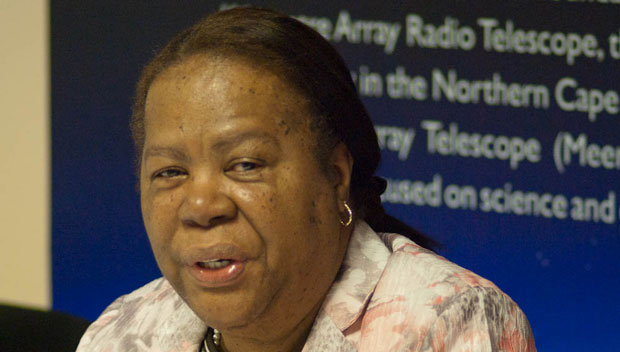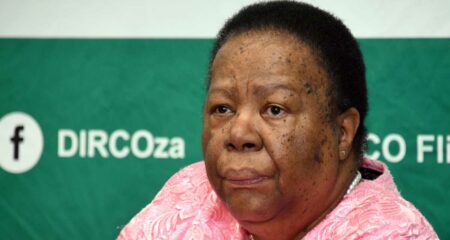
South Africa needs more research and development. This is what makes the figures from the latest annual R&D survey, conducted by the Centre for Science, Technology and Innovation Indicators at the Human Sciences Research Council, disappointing.
The country has once again failed to meet its ambitious R&D targets, with the percentage of gross domestic product spend on R&D stagnating at 0,76%. This puts total R&D spend for 2012/2013 at about R24bn.
“R&D doesn’t build houses,” say some detractors. “South Africa shouldn’t waste its time on research and science when it has such widespread poverty and unemployment,” say others. But R&D is at the heart of growing the economy and, with it, increasing the number of jobs, which is what the country needs to lift people out of poverty.
A decade ago, the target for R&D was set for 1% of GDP by 2008, but with the financial crisis, this target became not just optimistic, but also completely unattainable as business and government tightened their belts. The percentage of GDP spent on research has been flagged by the ANC as an area for concern, and the party is pushing for 1,5%, which is almost double the 0,76% achieved for the past three years.
The department of science & technology on Wednesday maintained that the spend was “improving following the contraction in the two consecutive years, 2009/2010 and 2010/2011. Gross domestic expenditure on R&D amounted to R23,9bn, representing an increase of R1,7bn (9,7%) on the R22.2bn reported in 2011.”
The average R&D spend for Organisation for Economic Co-operation and Development countries is about 2,4% of GDP, which means that South Africa struggles to compete with them and is on the technological back foot. Other emerging countries, such as some of South Africa’s Brics partners (Brazil, Russia, India and China), also have substantially higher GDP-spend percentages.
But a major source for concern is business’s reticence to undertake research in the country. Although, both internationally and at home, R&D spend took a dip owing to the 2008 financial crisis, the business sector’s investments have not recovered.
In context, keeping the percentage of GDP spend static is a victory at a time when the treasury is preaching fiscal austerity. Government is the largest funder of R&D in the country, at 45%, with industry lagging at 38%. This is unusual because, internationally, it is usually business that outstrips government spending on R&D.
The science & technology minister, Naledi Pandor, told the Mail & Guardian on Wednesday that past surveys have shown that government spending exceeded that of business from about 2009. “Whereas companies are continuing to invest in R&D in the country, at an aggregate level the business expenditure on R&D has actually weakened,” she said.
“The business sector is the largest performer of R&D globally. We have had the same situation in South Africa and need to work hard at encouraging business investment in R&D.”
One example is her department’s tax incentive, with which the government in effect pays businesses to undertake research in the country by offering a 150% tax deduction. Pandor said that 810 companies had taken part in the incentive since it was introduced in 2006, and that interest is growing.
The good news from the survey is the increase in the number of researchers in the country. As the majority of government-funded R&D takes place in higher education institutions, these tertiary bodies employed the highest number of researchers. The total R&D personnel headcount increased by 9,1%, from 59 489 in 2011/2012 to 64 917 in 2012/2013 — an increase of more than 5 000 researchers. About 15 000 of the total were postdoctoral or doctoral candidates.
These are people who may find more efficient methods of drug delivery, improve banking models, or develop new products that could spawn a new industry — if they have the money to do so. — (c) 2014 Mail & Guardian
- Visit the Mail & Guardian Online, the smart news source



